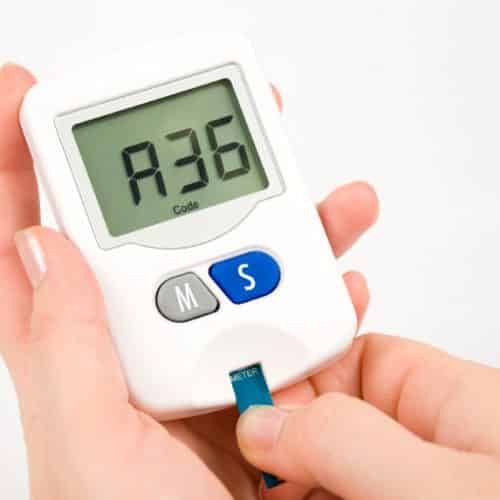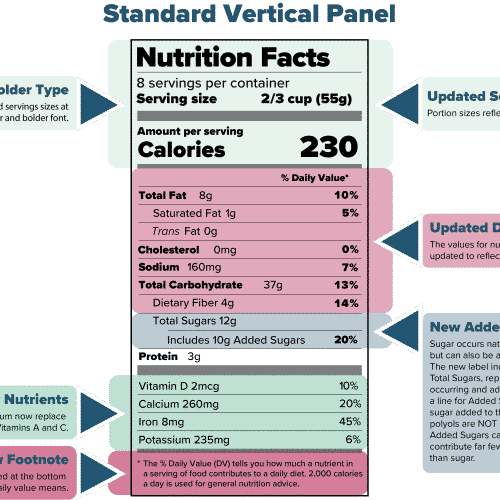
Polyols are unique sugar-free sweeteners, offering good clean taste and special advantages for a healthy diet. While polyols are considered “sugar alcohols,” they are not sugars or alcohol. Polyols are low-digestible carbohydrates that can be used in foods as a low-calorie sugar alternative.
Unique Benefits
Polyols are not fully absorbed and metabolized by the body, which is why they have fewer calories than sugar. Polyols are also not readily converted to acids by bacteria in the mouth, meaning they won’t promote tooth decay. Some people experience an initial feeling of fullness from eating foods with polyols, but any effects are typically mild and temporary.
Advantages for Diabetics
Polyols can be an especially useful sugar alternative for people with Type 1 or Type 2 diabetes, helping to reduce calorie intake and minimize spikes in blood sugar. Polyols only contain between 0 and 3 calories per gram, whereas sugar contains approximately 4 calories per gram. Since polyols are not readily digested and only partially absorbed by the body, they are considered low-glycemic foods. This means that they will not cause a sudden increase in blood sugar levels after a meal. Despite these differences, polyols share physical similarities with sugar. Therefore, they can effectively support a diabetes-friendly diet without sacrificing taste or texture. NOTE: People with diabetes should consult their physician or other health professional for more guidance on incorporating polyols into their diet plan.
Where to Find Them
Polyols are found naturally in a variety of fruits, vegetables and plants, and are used in a wide range of products including chewing gums, candies, ice cream, baked goods, and fruit spreads. They function well in fillings and frostings, canned fruits, beverages, and yogurt and tabletop sweeteners. Polyols are also used in dental and pharmaceutical products, such as toothpastes, mouthwashes, cough syrups, and throat lozenges.
Learn the Label
To help consumers make more informed food choices, the U.S Food and Drug Administration (FDA) announced a new Nutrition Facts label in May 2016. The updated label includes a new line for added sugars, offering increased understanding around the amount of sugar added to a particular product. The FDA defines added sugars as “sugars that are either added during the processing of foods, or are packaged as such.” Therefore, despite their sweetness, polyols are not included in the added sugars line on labels.
Products in which polyols have replaced sugar may be labeled “sugar-free” or “no sugar added.” Polyols to look for on ingredients lists include erythritol, hydrogenated starch hydrolysates, isomalt, lactitol, maltitol, mannitol, sorbitol and xylitol. The grams in a serving may be shown voluntarily on the Nutrition Facts label. Per FDA regulations, the name of the specific polyol may appear on the Nutrition Facts label if only one polyol is in the food. If more than one polyol is in the food, you’ll see the term “sugar alcohols.”




